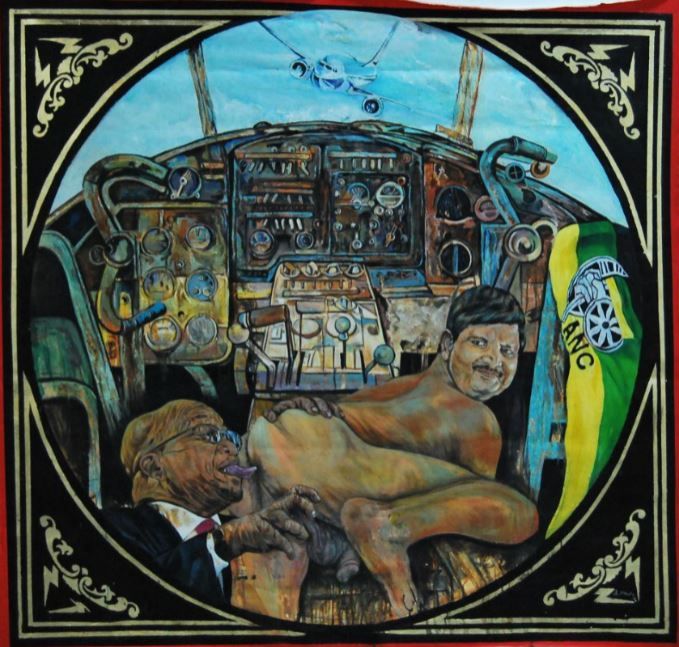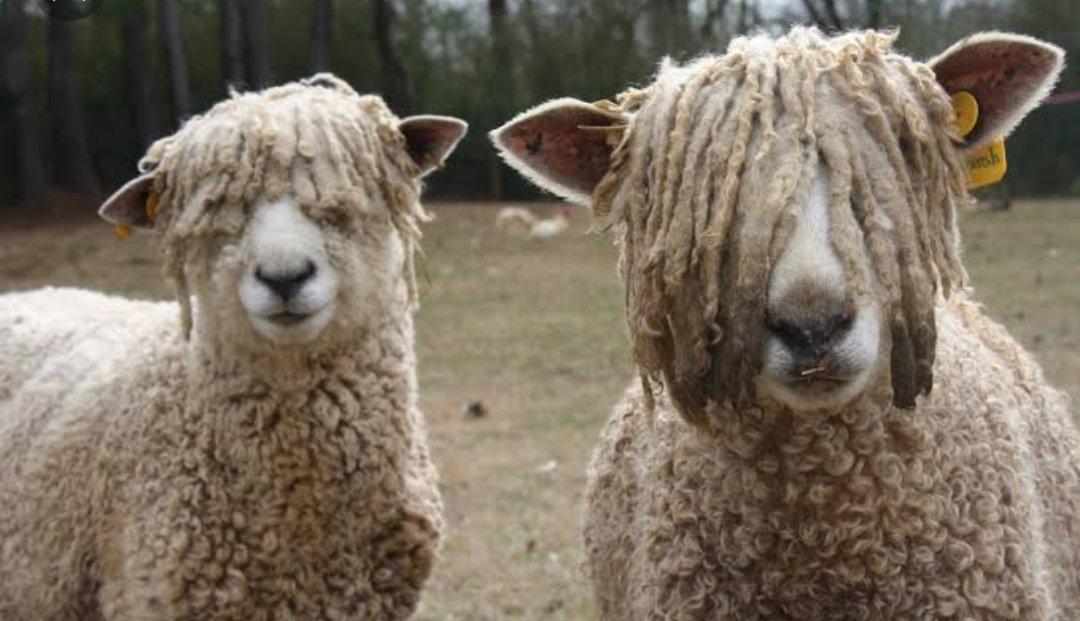In her first solo exhibition, Lerato Lodi takes us along the start of a journey that looks into her curiosity of the intricacies of dual spiritual practices prevalent in “Sebaka sa Badimo” (a shrine or a sacred ritual site that is fundamental in traditional African spiritual practice), and the church as a space of worship -- an important setting for Christianity.
In spite of the dismay caused by the number of lives lost and suffering from Covid-19 and the immediate halt of the world that caused a necessary pause and granted us an opportunity to re/think our life’s journey… Morapedi, became a spiritual companion that conversed with Lodi during the hard lockdown.
Morapedi shows up and communicates in various forms but most notably as a memory of Lerato’s late grandmother who was a community leader, an entrepreneur and a committed Methodist church worshiper who embraced badimo le ho pahla. Morapedi converses with Lodi through song and the use of “Sesebediswa sa Badimo” (diphita, lesela, snuff / sacred materials) and other things that function as guides in the personal and spiritual journey that brings together this exhibition.
Lodi’s body of work functions as a quest of coming to terms with her own spiritual journey, one that is complicated by her generation’s criticism of the political history of Christianity in black people’s lives and the stigma that remains attached to African spiritual practices. Lodi witnessed her grandmother’s unshaken acceptance and the embodiment of both these spiritual formations, and through this body of work, she seeks to strengthen her connection and elevate the voice of The One Who Prays, embodying Morapedi’s ways of praying and her ways of being.

LERATO LODI | B. 1996. PRETORIA | VISUAL ARTIST
Lerato Lodi was born in 1996, in Ga-Rankuwa, Pretoria, South Africa. Lodi is currently studying towards an M Tech Fine Arts Degree at the Tshwane University of Technology in her hometown.
Lodi’s artistic practice explores themes centred around her spirituality. She uses acrylic paint on canvas as well as beads and cloth to interrogate ideas and ideals of African spirituality and Christianity as it manifests in her own life and the lives of those she encounters. Lodi examines the different ways in which people worship and pray as she explores shrines, temples and materials brought into those sites as offerings.
Lodi has participated in the following group exhibitions: Initiative: Blessing Ngobeni Studio. Art Award at Room Gallery; Genesis X’Ibition at Pretoria Art Museum (2018); Emergence: A group exhibition at mmArthouse Gallery; Blessing Ngobeni Art Prize Group Exhibition at Aspire Art Auctions; The Aesthetics of time: in space of time at Polokwane Art Museum and Genesis Group Exhibition at Bkhz Gallery (2019) to name a few.
MORAPEDI, THE ONE WHO PRAYS
By Lerato Lodi
Hosted by North West University Gallery, curated by Amohelang Mohajane
Online opening: 10.04.2021 – 11.05.2021
FOR MORE INFORMATION:
North West University Gallery: amohelang.mohajane@nwu.ac.za | North West University Gallary | Studio Nxumalo Contemporary: info@studionxumalo.com | Studion Nxumalo






















